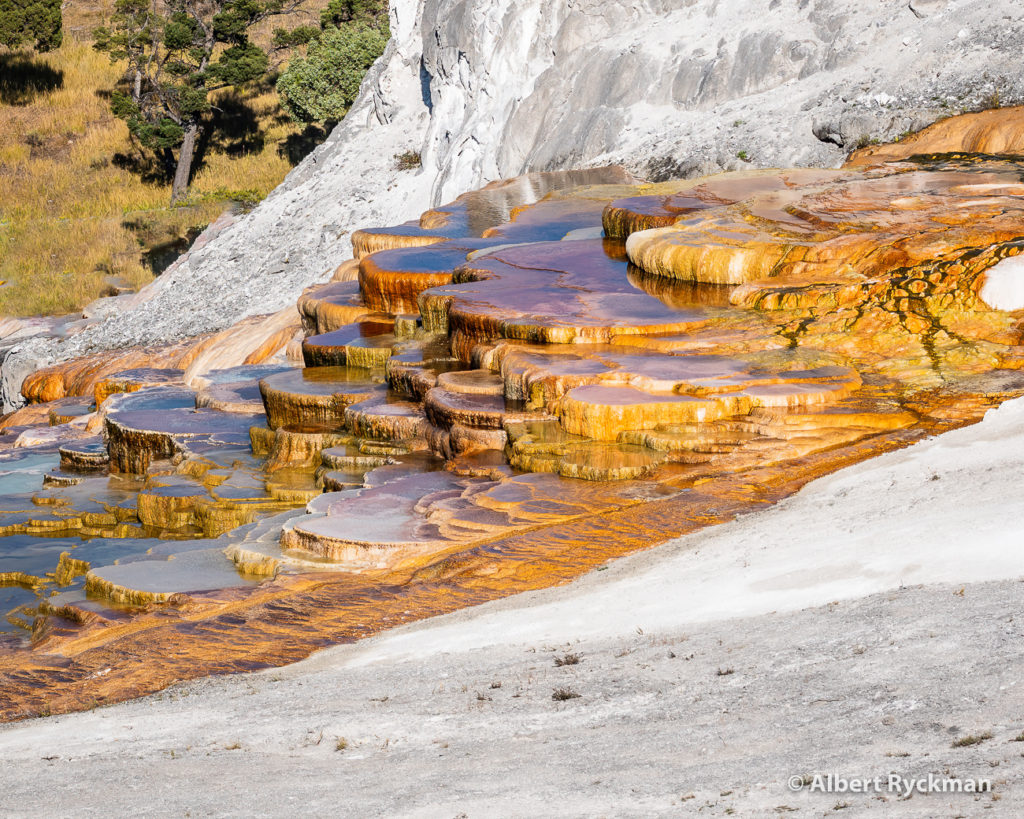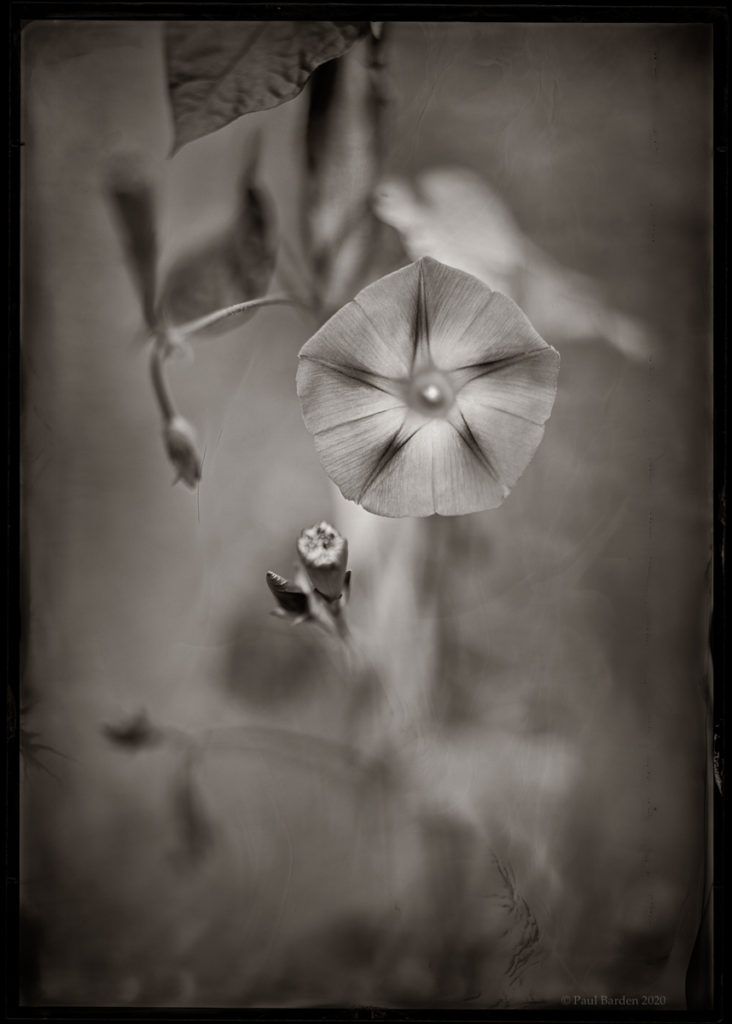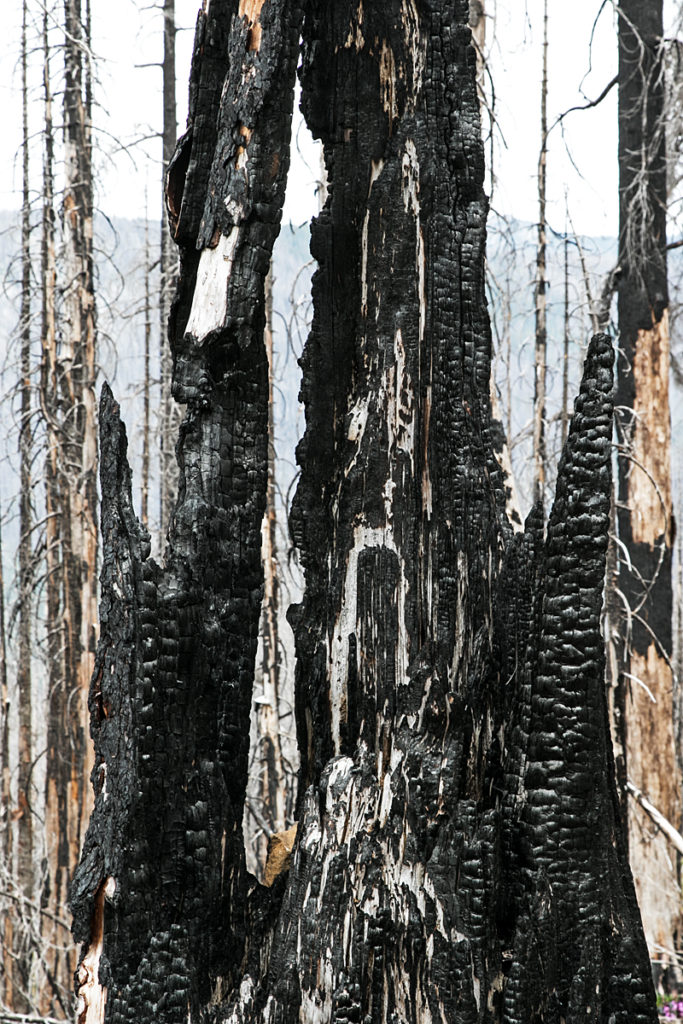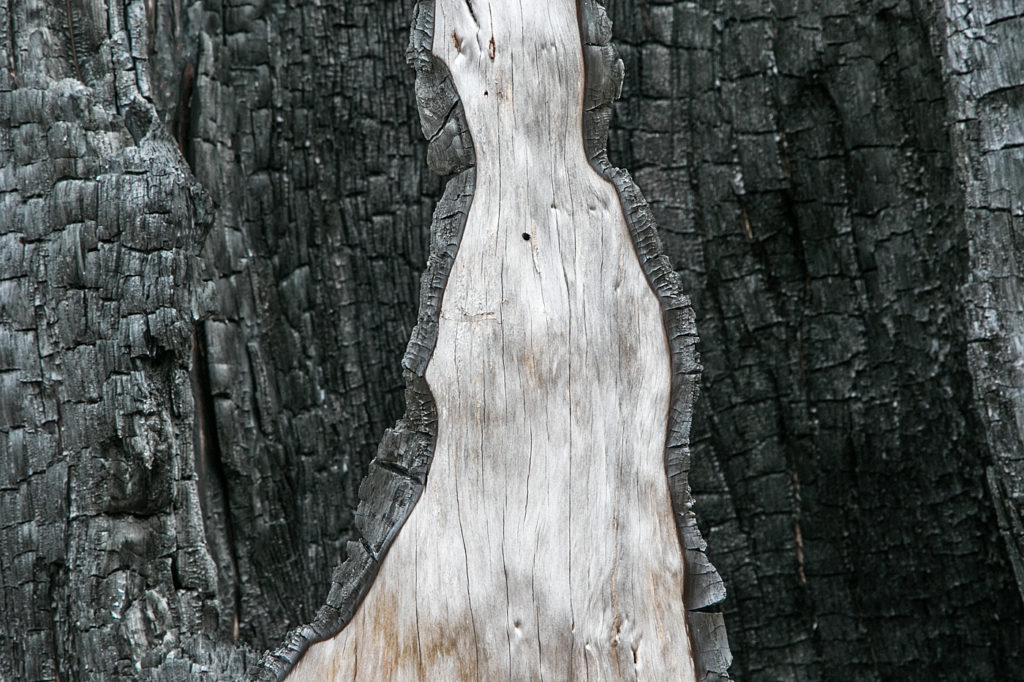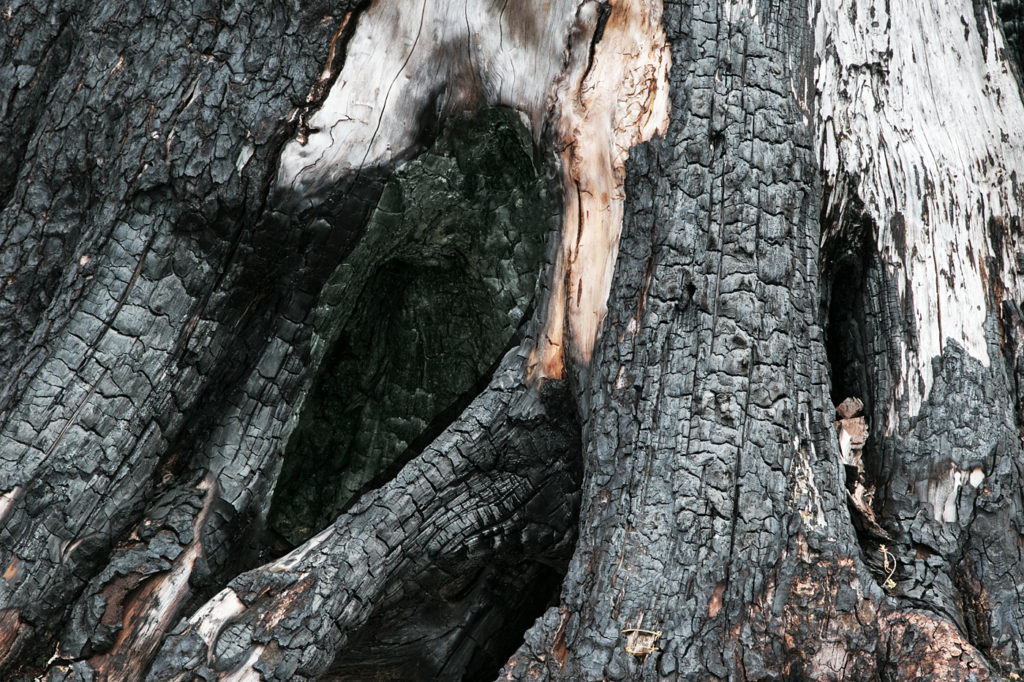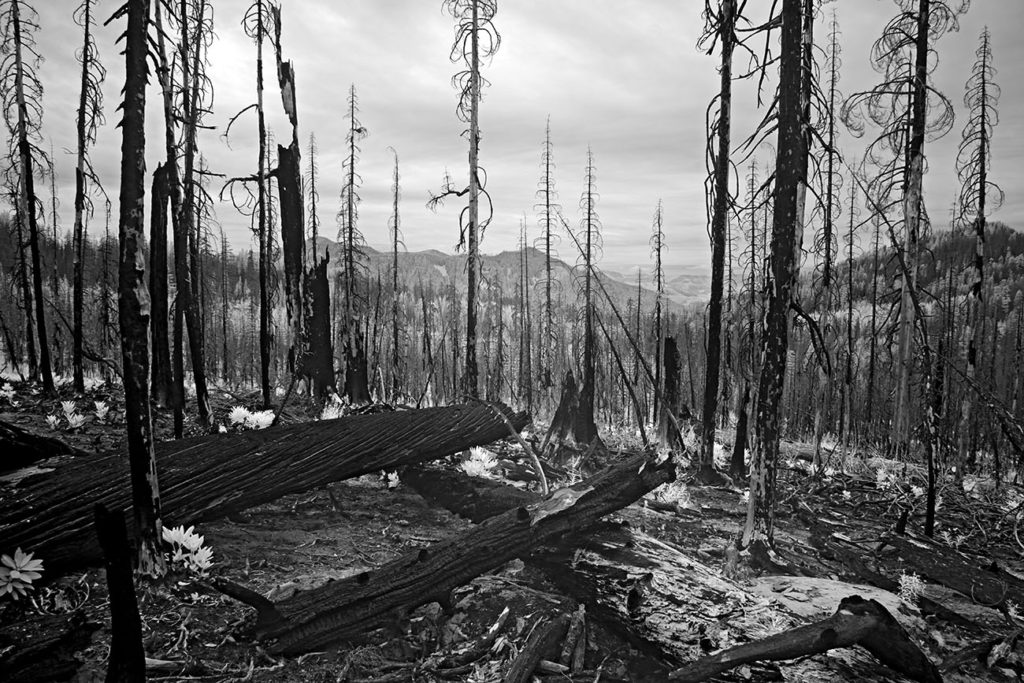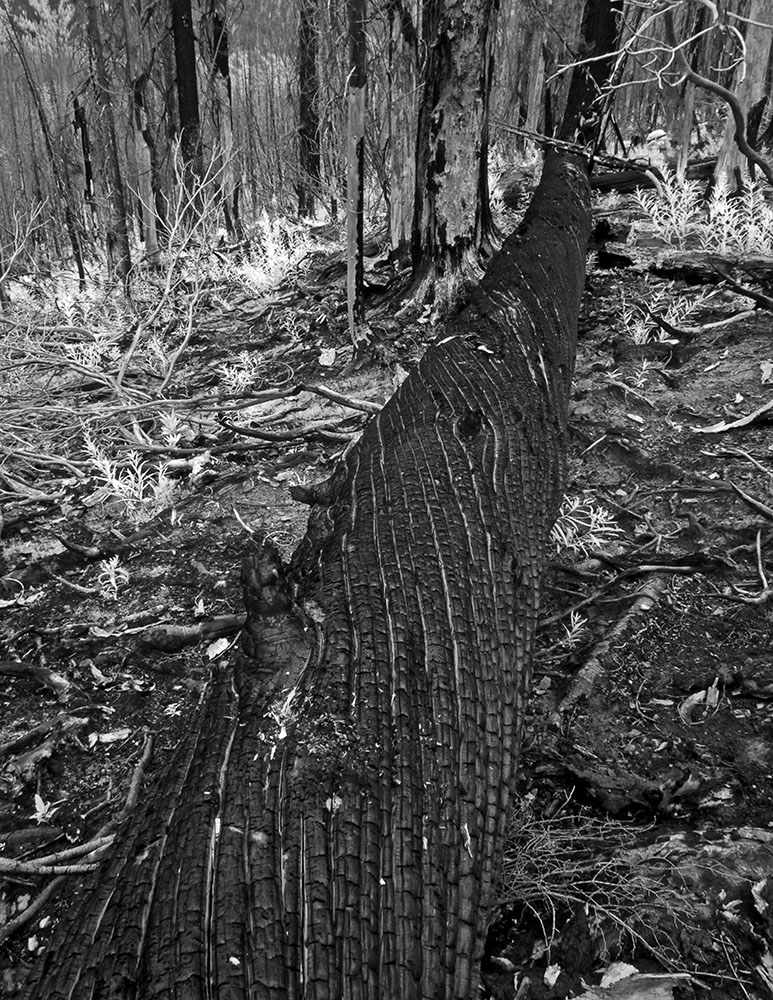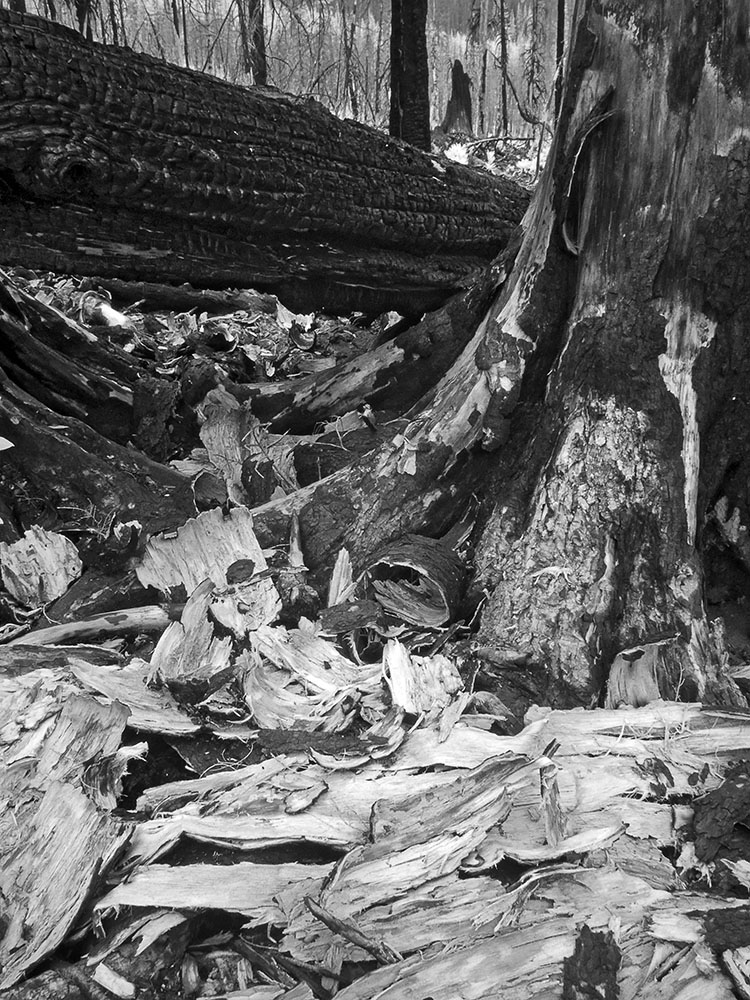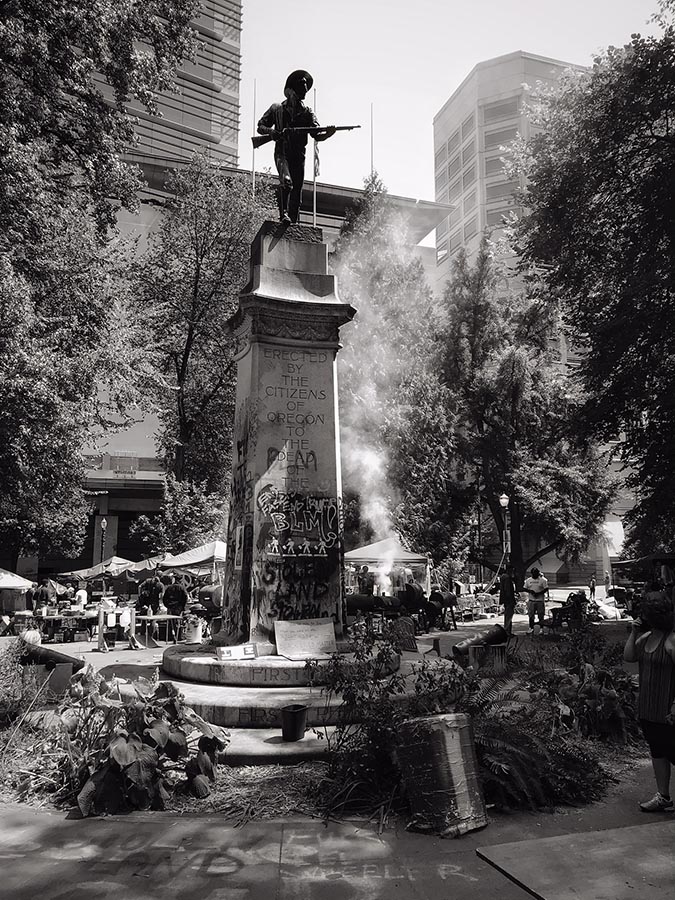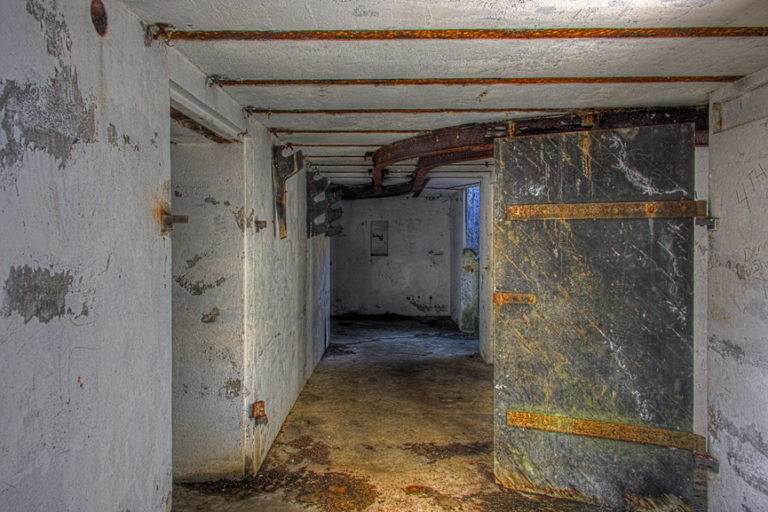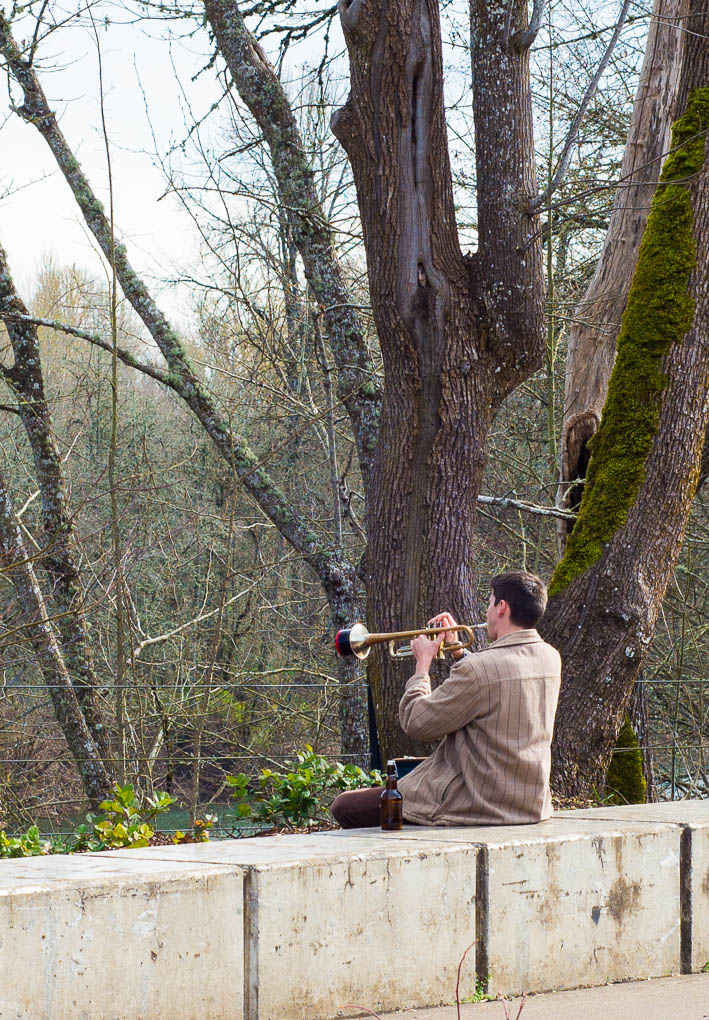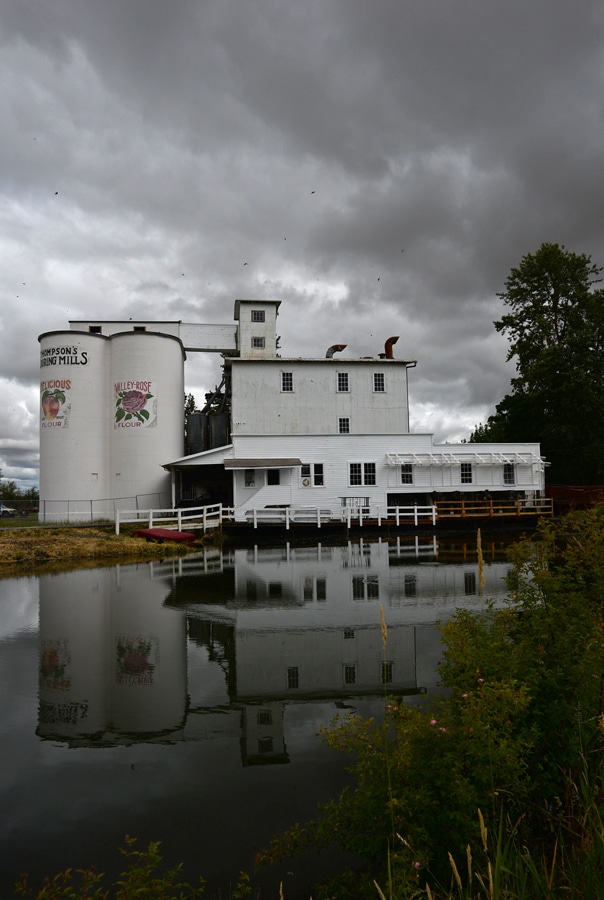
We’re bringing the curtain down on the Quartets Gallery with this last posting — 22 PAG members have contributed a grand total of 88 quartets, 344 individual photographs! In this last series we have some colorful blooms from Margie, more birds on various wildlife refuges from Al, more birds (sparrows this time) from Tom; and some patriotic offerings from Herman to mark the election season.
Some reminders of summer from Margie.
Tom shares a collection of sparrows from the LaPine area in Central Oregon.
Some birds from Al’s most recent drive south to a couple of national wildlife refuges
Herman shares a collection of images featuring Old Glory.
Al found pelicans, grebes and a merganzer at Klamath Lake
Tom Heath found three varieties of nuthatches in the forests of Central Oregon . And where there are nuthatches, chickadees can’t be far away.
Dogs, cats and a sheep, along with their proud owners, from Blue River — by Herman
Fall color from Mark (with a hint of winter)
In a timely contribution from Herman, he shares a portrait series he did while working on his Blue River series a few years back of Mrs. Frances O’Brien, who founded the community library at Blue River. Renamed the Frances O’Brien Memorial Library after her passing, library building was one of the unfortunate victims of the Holiday Farm Fire along Hwy 126 last month. It is the subject of a recent article on the KLCC Radio website, which you can read here: https://www.klcc.org/term/frances-obrien-memorial-library.
More infrared skies from Rich–most were shot before the fires obscured the skies for much of September.
In the spirit of the season, Mark contributes some colorful fall leaf falls.
Al treats us to some aerial views with his drone over the Coast around Yaquina Head and Devil’s Punchbowl.
Paul says these images along the Marys River at or near his farm were made on large-format cameras equipped with Petzval lenses, and exposed with expired (2008) Ilford FP4 film. The exposures of most were about 1/2 second using the cap off, cap on method of “shutter”. Negatives were developed in PMK Pyro.
Mark offers up some patterns in the water from Hawaii, Oregon and Utah.
Closeups of bugs and animals, some well camouflaged, some not, from Phil
Springfield residents and their pets pose for Herman’s roving camera.
Herman turns his wandering camera eye to barbershop storefronts
Rich shares some cirrus and cirrocumulus cloud formations taken with his infrared camera.
More of Al’s photos from his Yellowstone trip earlier this fall.
Mark writes: “These are photos of a pair of excess Sugar Mill rollers (for pressing the juice out of the cane) that sit next to a parking lot in Pu’unene, Maui. The large Sugar Cane Mill (the last one to operate in Hawaii) across the street is now defunct.”
Phil writes: “Ashes, ashes, they all fall down. Along with the smoke, everything outside has been covered in a fine dusting of ash, visible particles less than a millimeter to several millimeters. I found several examples in our yard of their ubiquity. Websites say that it can be hazardous and care is needed to clean up: https://www.ourair.org/ash-cleanup/
Lorraine shows us some smokey skies from Portland and along I-5
Some b+w Intentional Camera Movement pics from Kurt.
Al shows us some before and after photos of Smith Rock–under a cloud of smoke, then again after the welcome rain.
Margie finds some joy and color amid some common berries of the Northwest.
Vicky calls this group ‘Formidable Plants of the Woodpecker Trail’. All were taken on the same day at Finley Wildlife Refuge the week before the smoke rolled into the valley.
Colorful hummingbirds outside Bill’s New Mexico getaway cabin.
Yellowstone fauna by Al.
Yellowstone water features by Al.
Apocalyptic skies from the week of fire by Phil Coleman.
Veggie stands in Chinatown in Vancouver, B.C., caught Eric’s eye.
Postmistresses of rural Oregon by Herman.
Dogs have their day in Cuba with this series by Herman
Bill shares some of the desert flora around his new home in the Sonoran Desert of Arizona
Tom Heath found a wealth of song birds — finches, warblers, sparrows, etc– at Fall River near LaPine, south of Bend.
Al took his drone on a tour of the north Oregon coast recently.
The graceful tendrils of the passion flower plant catch Phil’s eye.
Paul Barden wades into the Marys River to photograph the bared roots along the bank at low water
Kurt Norlin plays with the slow shutter app on his Iphone
And they say the desert is a drab place. Not to Mark Reid, who exploits the shapes, designs and colors he found on his latest trip to the desert.
John Morris contributes some views of a pond at Black Butte Ranch.
Phil offers up what he calls “the inundation from our garden and fruit trees. Need zucchini?”
As a photographer, Herman can be described as an omnivore–all manner of subjects interest him, but most especially people, and puns. In this series, Herman captures some of the unhoused people he encounters on his walks and cycling around his home in Springfield.
Shelley collects abandoned bird nests from her backyard and in the neighborhood, and has been doing still life photos of them. “The Violet Green Swallow nest is from our nest box, which we clean out every year when the birds fly away. Junco nest also from our little aviary here. The other two (were) found on walks. However, the Passerine nest is from just a few paces away from our place.” For those unfamiliar with the term, ‘passerines’ are the aviary order commonly known as songbirds or perching birds.
Shelly’s new array of still lifes are homegrown. “Our backyard was home and nursery to several bird families this summer. They shed these feathers around our yard throughout their seasonal molts this spring and summer. “
Paul made these images of morning glories in the early morning recently, just before the rising sun hit his garden. They were photographed on 5×7 wet plate collodion negatives with exposures between 90 seconds and three minutes. “Needless to say, the air had to be perfectly still to do this,” he says.
Allan demonstrates his eye for pattern and texture in the mid-valley’s wine country.
Three sunsets and a sunrise spanning a quarter century from one end of the U.S. to the other, from Mark.
Hawaiian sunsets can be spectacular, and Mark shows us a few old and newer ones, some on film, some digital.
Herman poses the eternal question: ‘Is this the end’?
Al captures some colorful dragonflies up close.
Steve jumps into the Quartets Gallery with a portfolio of eyes in the wild
Al’s latest porfolio shows us some bumble bees and butterflies up close and personal
Rich brings us a few new selections from his Coronavirus Skies collection.
Mark shares more of his classic car photographs.
Herman visited the Naarden Photo Festival in The Netherlands a while back, and was struck by the interplay between art lovers and the photographs they were viewing.
Mark returns (figuratively) to Hawaii and tosses in a couple of classic cars and reflections in the bargain.
Al takes his drone for a flight over the train trestles and auto bridges across the Willamette at Albany and Corvallis.
The Jackson-Frasier Wetlands in Northeast Corvallis prove a fruitful playground for photographer Eric French.
Herman’s “Visiting Firemen” series adorns the fronts of rural Western Oregon fire stations with the people who live and/or work nearby.
Some lost playthings catch John’s eye as he wanders his neighborhood.
Bob looks in the mirror as he prowls through a burned out section of forest on the flanks of Mt. Jefferson.
Allan joined Bob and Rich on the burned forest expedition and found plenty of charred tree trunks to focus on.
Rich experiments with his infrared camera in the blackened world of a burned out forest.
Phil gets up close and personal, using photo-stacking with 10 to 30 shots each to create “The Lovely Geometry of Flowers”.
Mark takes us on a tour of the Big Island of Hawaii, with some file photos taken along Kohala Mt. Road. “We were forced to cancel our trip this year because of the virus,” he says. “Kohala Mtn. Rd. is one of my favorite places in Hawaii and I photograph it every time we’re there.
Jack does some fancy digital gymnastics to turn simple landscape shots into these fantastical creations.
Paul says the sinister feel of these images made along the muddy bank of the Marys River reflects his mood these days–‘Pandemic Dreams’ he calls them. This quartet was all from one roll of film, shot in one location, spanning about 120 yards of river bank at the end of the southern arm of the boardwalk in the Marys River Natural Area, which borders his farm.
Lorraine traces the graffiti on Portland’s statuary in the wake of BLM protests in the city.
Herman on the prowl with his pinhole camera.
Phil shows off his garden and his macro skills.
Mark finds plenty of color visiting roadside farm stands on his drives around the valley.
Phil trains his camera on the comet Neowise and comes up with several artistic variations.
Lorraine continues her documentation of the Black Lives Matter protests in Portland, this time focusing on those giving aid to the protesters, from haircuts to ribs.
The classic car shows that usually fill Mark’s summers are no more during the shutdown, so he’s dug into his files for some rolling works of art–these are all classic Packards.
Herman dips into his holy files for a few homages to religion in America.
Al took his drone out for a spin over the Buena Vista Ferry on a beautiful day on the Willamette River.
Jeff shows a series of images from a project on firefighting.
Shelley explores water usage, both historic and current.
Vicky finds a lot of patterns on a recent trip to the coast.
With his pinhole camera (a modified Argoflex) mounted to his bike handle to act as a rolling tripod, Herman pedaled down to the Willamette River in Eugene and made some pinhole negatives recently. He then scanned the negs and toned them to present this series of nostalgic reveries.
Lorraine photographed some legal protesters (literally) and a Green Beret at the Portland Black Lives Matter demonstrations recently. She reports that all were properly masked and very well-spoken.
Mount Jefferson is Bob’s playground. Here he offers a collection of unusual cloud formations swirling above his favorite Cascade peak.
Rich adds to his portfolio of cirrus cloud patterns in the skies over his neighborhood, and takes a stab at identifying the species and varieties. But it’s not about science–as Aristophanes said in 420 BCE, clouds are “the patron goddesses of idle men.”
Bob Ross took a hike (yes, another one) up to Pika Pond on the Pacific Crest Trail recently, passing through a 300-year-old forest that was hit by fire in 2017. On the way he saw yet-to-bloom fireweed coming up from the orange sporangia moss-covered forest floor; rhodies regenerating from the crowns of once huge plants that were burned off by the fire; Cascade lilies adding color to an otherwise stark forest of dead trees; and, of course, Pika Lake.
Al Ryckman was on the Crooked River Gorge Overlook recently when he sent his drone overhead to get views of the new bridge, old bridge and trestle and snow-capped Cascades. While the Drone was in the air a short train just happened to come by, heading south.
Lorraine escaped Portland for a trip down the Coast recently and sent these postcards of her drive from Pacific City to Newport.
Rich continues his series of Coronavirus Skies



















































































































